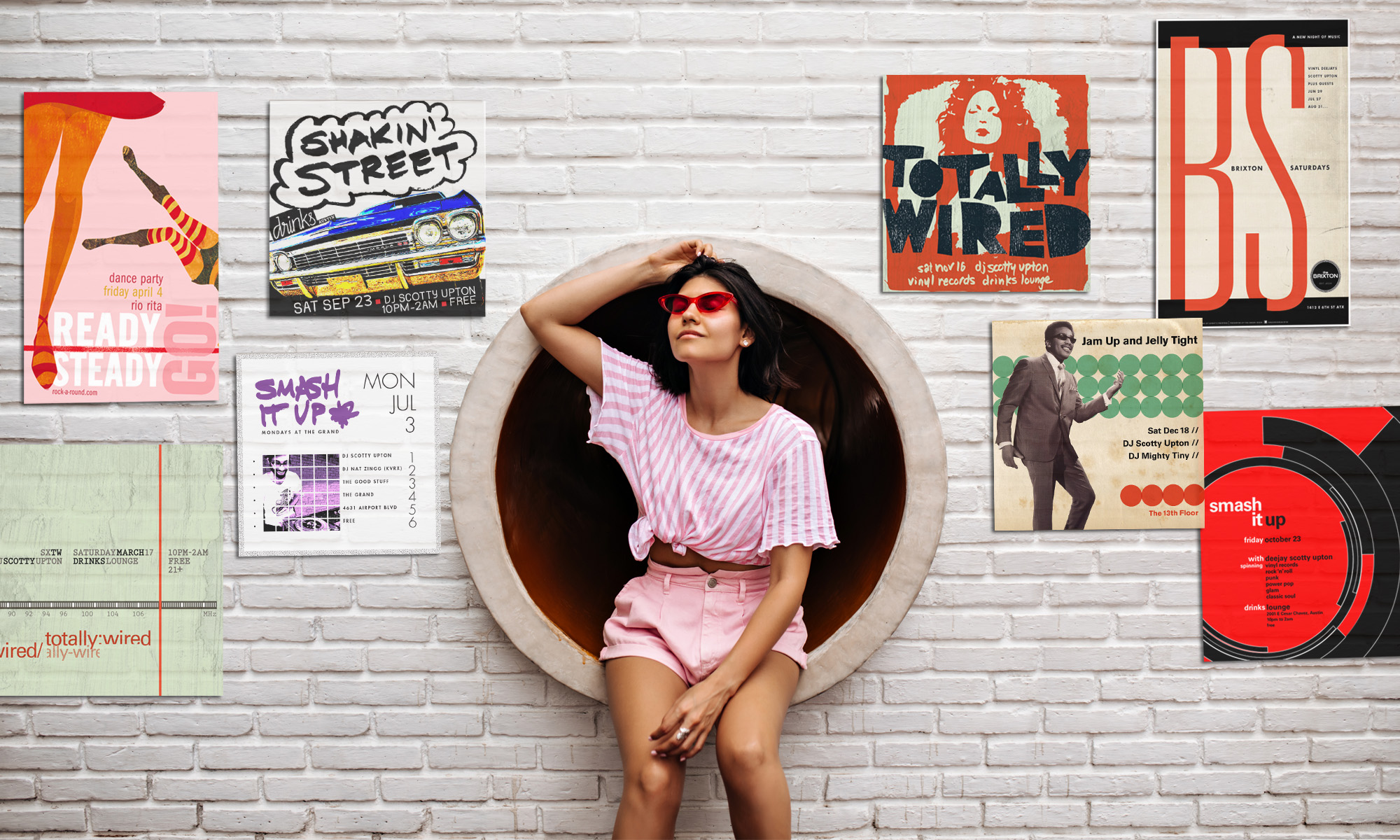 Google recently launched its new Chrome OS laptop with one important new feature added… and one missing. The Caps Lock button has been deleted! In its place is a Google Search button, signified by a magnifying glass symbol. By changing a few settings, users can switch the Search key back to Caps Lock. But by default, those preferring to “shout” by typing all caps must hold down Shift.
Google recently launched its new Chrome OS laptop with one important new feature added… and one missing. The Caps Lock button has been deleted! In its place is a Google Search button, signified by a magnifying glass symbol. By changing a few settings, users can switch the Search key back to Caps Lock. But by default, those preferring to “shout” by typing all caps must hold down Shift.
It is surprising the Caps Lock button has lasted this long. It has its roots in late-19th-century typewriters (manually operated, of course, not electric). In those days, without italics for emphasis, typists used all caps. The Shift key had to be held down—not an easy thing to do for more than a few letters. So manufacturers added the “shift lock” button.
These days, typing in all caps is considered offensive, its usage reserved for the very elderly or looney ranters. Will other manufacturers choose to banish the Caps Lock button to thrift shop obscurity in favor of the 21st century-friendly Search button?



